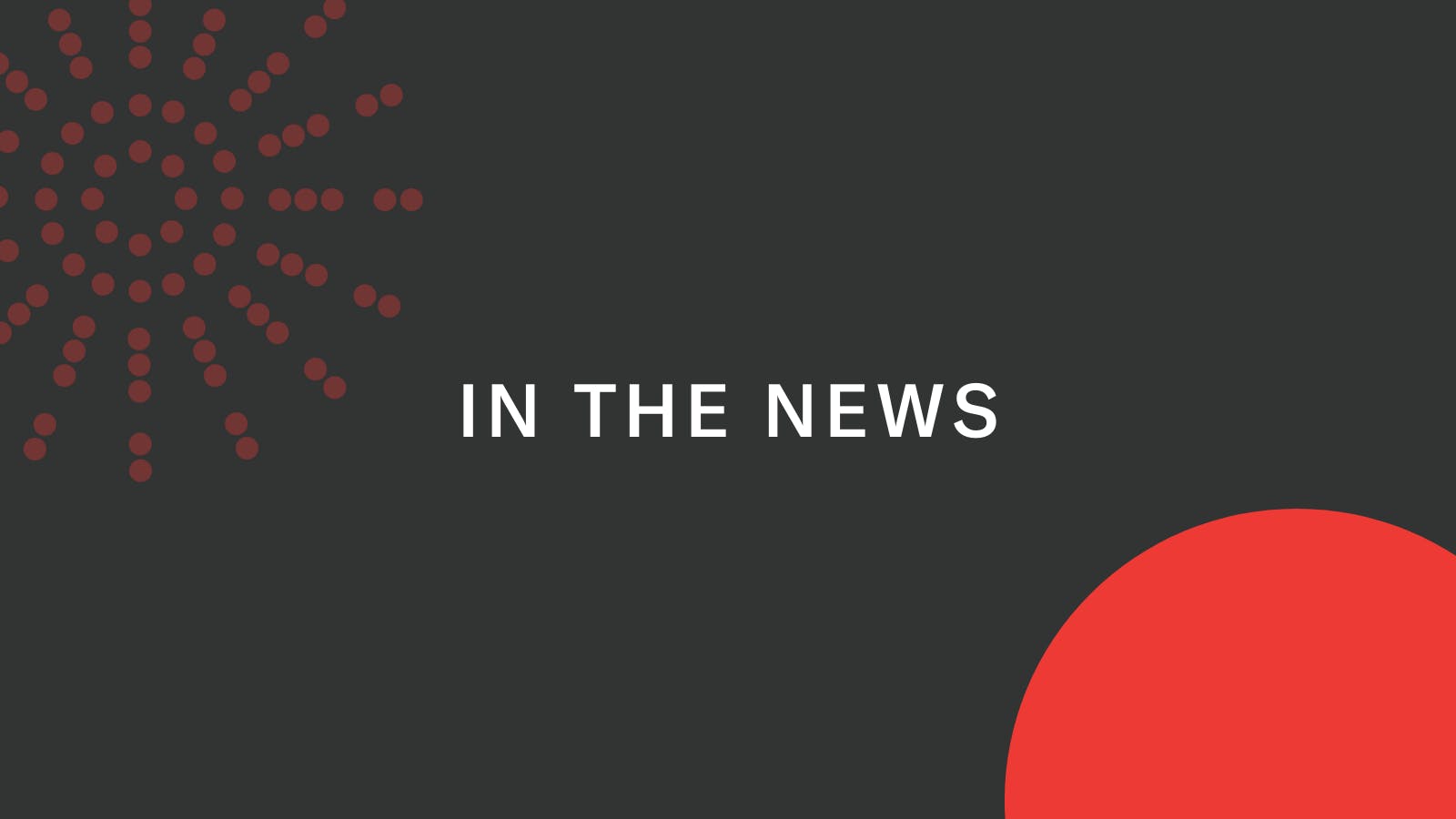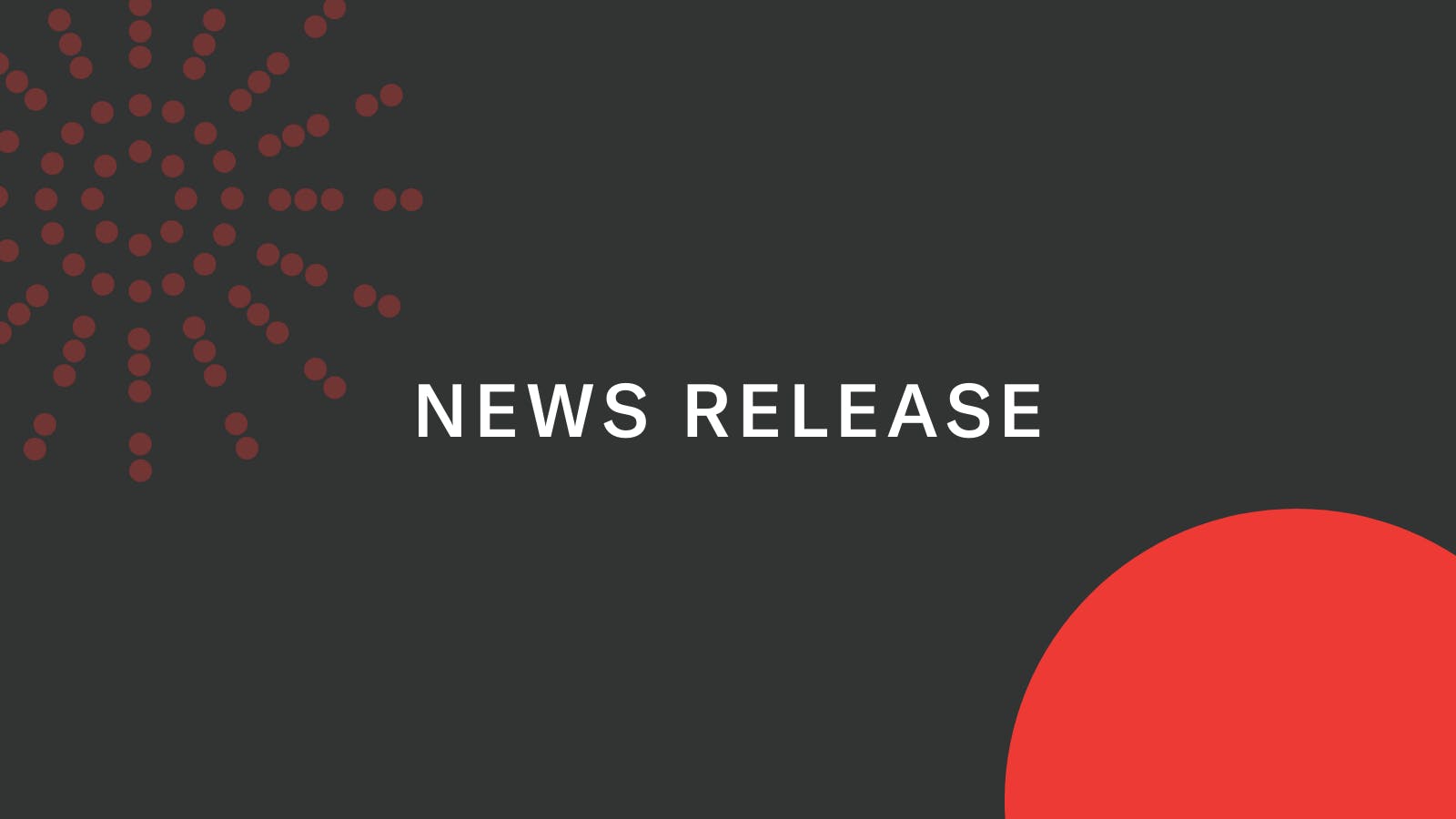The Enough for All (E4A) Well-Being Dashboard, developed in partnership with YYC Data, showcases vital data demonstrating Calgary’s progress toward achieving its poverty-reduction goals. Following several years of community consultation and recommendations in the evaluation report, Vibrant Communities Calgary (VCC) and Enough for All Champions agreed on key indicators to better measure poverty reduction.
The dashboard builds on VCC’s 2023 report, Beneath the Surface: The Layers of Poverty in Calgary. Developed in collaboration with 12 subject matter experts across nine domains of well-being, the report highlights the complex and interconnected factors that influence poverty in our city. By broadening the lens beyond traditional financial metrics, the dashboard helps tell a fuller story of well-being in Calgary and the work ahead to improve lives in our city.
Here are the latest updates to a few key indicators:
Food insecurity
Food insecurity means not having enough safe, nutritious food because of a lack of money. Experiences of food insecurity can range from worrying about running out of food to skipping meals and going days without food. It’s a clear sign of financial hardship and has a big impact on people’s health and well-being. Since food and income are closely linked, low income is the biggest reason households experience food insecurity.
The most recent Canadian Income Survey data from 2023 shows that 31.9% of Calgarians are food insecure—a 28% increase from 2022 (7 percentage points). This is just above the overall food insecurity rate in Alberta (at 30.9%), and significantly higher than the Canadian rate of 25.5%. In a recent blog post, we explored how raising food prices coupled with insufficient and stagnant wages, precarious employment, and inadequate social assistance benefits are likely contributing to high rates of food insecurity in Calgary.
Poverty Rate and Poverty Gap
VCC measures Calgary’s poverty rate with Canada’s official measure of income poverty called the Market Basket Measure (MBM). It looks at how much money a person or family needs to cover basic needs like food, housing, clothing, and transportation. The amount is updated each year to account for inflation.
The poverty gap measures the average income distance that a low-income household is from the poverty threshold. A higher poverty gap indicates that people are falling deeper into poverty, and vice-versa.
The most recent Canadian Income Survey data shows that Calgary’s income poverty rate stood at 9% in 2023, a decrease from 10.2% in 2022 and 11% in 2015. Calgary’s poverty gap decreased from 33.4% in 2022 to 29.1% in 2023. While these trends in income poverty show some promise, growing rates of food insecurity tell us that more Calgarians are making difficult choices, likely due to financial strain. We also know that at times when food and shelter inflation rates are higher than the Consumer Price Index, the MBM may not fully capture the true income poverty threshold. These numbers likely tell us that income poverty is holding steady.
Consumer debt index
This quarterly measure shows how well Canadians can manage their debt and deal with unexpected expenses. It helps track financial stability and highlights times when people in our community are feeling more financial stress.
In the first quarter of 2025, the MNP Consumer Debt Index Score was 88, down from 91 in the first quarter of 2024, but up from Q4 2025. The year-over-year trend shows that Canadians are overall less resilient to financial pressures; however, they fare slightly better than in the previous quarter. While this measure is national, it provides important context for understanding broader financial pressures affecting Calgary households.
The Enough for All Well-Being Dashboard is updated regularly, as new data becomes available. Some data sources, such as the Canadian Income Survey published by Statistics Canada, are always two years behind.
Stay informed
- Explore more of the key indicators in the Enough for All Well-Being Dashboard
- Read about the complex and interconnected factors that influence poverty in our city
- Keep up to date on the latest research, policy projects, and key events happening in our city by subscribing to the Enough for All monthly newsletter




